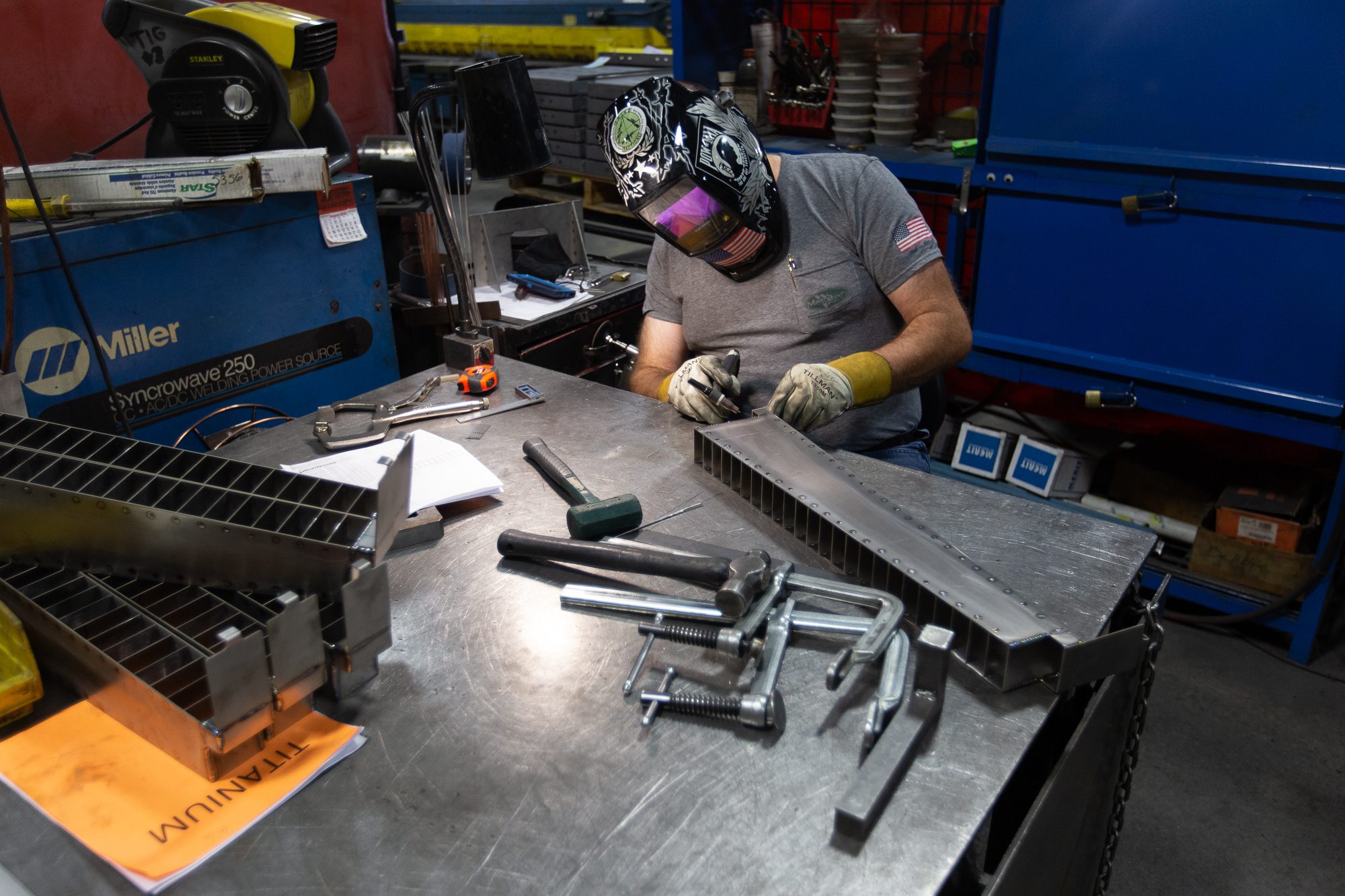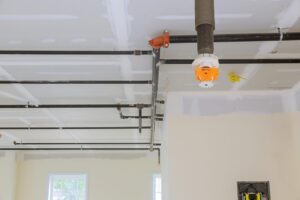
How Forming Works: A Comprehensive Guide to the Metal Fabrication Process
The metal forming is one of the most popular techniques for fabricating metal, shaping metal parts or products using various forces to distort the raw material. It has several benefits, including high efficiency, low cost, high quality, and versatility. The forming process may create various shapes, sizes, and geometries on various metals, including titanium, copper, brass, aluminum, steel, etc. The three broad categories of forming are sheet forming, bulk forming, and powder forming. Every type has unique traits, methods, and applications.
The Various Forming Types
- Sheet forming
Sheet forming is forming and cutting thin metal sheets or strips into various shapes and sizes. It can produce flat or curved parts, such as panels, boxes, containers, ducts, and shells. Sheet-forming processes include bending, stretching, deep drawing, shearing, punching, and stamping. Manufacturing appliances, vehicles, and spacecraft rely heavily on sheet forming.
- Bulk-forming
This shaping method uses a lot of metal with a small surface area to volume ratio. It can produce solid or hollow pieces with complex shapes and sizes. Some examples of this method are forging, rolling, extrusion, drawing, and wire drawing. Industries that deal with mining, tooling, energy, and machinery often use this shaping method.
- Particle Forming
Compacting and sintering tiny metal particles into solid objects is known as powder formation. It may create components that are highly dense, strong, hard, and resistant to wear. Pressing, injection molding, and hot isostatic pressing are the forming techniques. The medical, dentistry, aerospace, and electronics industries most commonly use the powder form.
The Advantages of Forming
The metal forming business can profit significantly from metal fabrication. Several advantages include:
- Resource effectiveness
By employing the material required to create the intended product, the forming process reduces material waste and scrap. Additionally, it permits the recycling and reuse of surplus materials.
- Efficacy in using energy
Shaping uses less energy than other fabrication techniques like machining or welding. Reduced reliance on fossil fuels also lowers greenhouse gas emissions. The metal is deformed using less heat and power during forming, resulting in less waste and scrap that can be recycled or disposed of. As a result, metal fabrication is a more sustainable and environmentally beneficial method of producing metal.
- Quality enhancing:
By strengthening the mechanical qualities of the parts, such as strength, hardness, flexibility, and fatigue resistance, forming raises the quality and performance of the components. Removing burrs and sharp edges enhances the components’ surface polish and look.
- Increasing productivity
Shaping improves the efficiency and profitability of the fabrication process by minimizing processing time and personnel costs. Utilizing cutting-edge tools and equipment also permits mass production and automation of the fabrication process.
Conclusion
A crucial aspect of the metal manufacturing industry is shaping. Metal fabricators may produce high-quality products that satisfy the requirements and aspirations of the clients by understanding their needs and expectations and utilizing various metal forming methods and procedures. The forming industry is vibrant and creative with the development of new technology and applications.



